Wild animals shouldn’t live in palaces, connected to leashes and paraded around streets in the Gulf Region like they are trophies. Dolphins shouldn’t be captured to live in cramped, private pools (read this story on the 4 dolphins living in a filthy pool in Egypt). Elephants shouldn’t be killed for tusks, or wild birds kidnapped from the nest to be sold at an exotic pet store.
There are so many moral and spiritual reasons as to why animal trafficking has to stop. Sadly, the deep pockets of Middle East millionaires with wild animal fetishes makes the Middle East a prime location for illegal animal import.
Deep pockets and access to private jets are another reason. So how can we as individuals stop animal trafficking in its tracks? Most of us aren’t brave or bold enough to pack up our lives and head to the jungles – where animal trafficking starts. But we can follow the following guide to help bring an end to this sad and gruesome hobby.
Putting crime in a museum
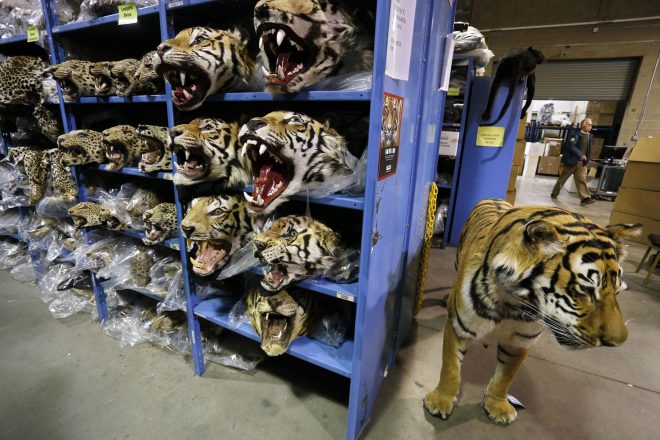
Wildlife trafficking is wreaking havoc on particularly vulnerable animal populations across the globe, and stands as both a critical conservation concern and a threat to global security.
“This is a real problem that impacts us all, even if we are not the ones making the product purchases,” states Janine Vaccarello, chief operating officer of the Crime Museum in the United States. “We should all take an interest in ensuring these animals are not being treated cruelly and that we no longer diminish their populations.”
The Crime Museum in Washington, DC is putting a spotlight on this critical issue, marking World Environment Day by opening a new temporary exhibit titled “Ivory, Tortoise Shell, & Fur: The Ugly Truth of Wildlife Trafficking.”
The exhibit aims to raise awareness among museum visitors about an often overlooked crime.
“This is an issue that we are taking seriously and are determined to address,” explains William R. Brownfield, Assistant Secretary of State from the Bureau of International Narcotics and Law Enforcement Affairs. “The government is on board with the fight against illegal wildlife trafficking, but it’s also important that consumers get on board, too.”
5 facts about wildlife trafficking:
1. They are going extinct. It is estimated that in the last century we have lost 97 percent of the world’s tigers. In just the last 13 years there has been a 76 percent decline in the elephant population. In 2014 alone, there were over 1,200 rhinoceros killed in South Africa. Each of these animal populations are being severely depleted in large part due to illegal wildlife trafficking.
2. Organized crime pays. Wildlife trafficking has become one of the most lucrative types of transnational organized crime in the world, with annual revenues conservatively estimated to be worth billions of dollars per year. With such a lucrative market, this has led many criminals to engage in this illicit activity, driven by high demand and high profits for illegal wildlife as well as a low risk of detection. The items illegally traded include tiger bone, elephant ivory, bear bile and fish bladders, rhinoceros horn, sea turtle shells, pangolins, and more.
3. Know what you are buying. Despite the conservation concerns, there are people who knowingly purchase such items, but there are also those consumers who buy the products unknowingly, thus further contributing to the issue. They may purchase wildlife products, such as tortoise shell hair clips or elephant ivory carvings, without any awareness of the impact it has on the poaching situation in local communities.
4. Don’t smuggle into America. The US government is taking a strong stand in the fight against wildlife trafficking, through the recently released Implementation Plan for the President’s National Strategy for Combating Wildlife Trafficking. The Plan includes such directives as strengthening domestic and global enforcement, reducing demand, and expanding international cooperation.
5. Consumers have power. Buyers can play a role in helping to combat this global problem, starting with not purchasing any wildlife or wildlife products. When the demand for the products stops, so too will the number of animals being poached. Consumers can also learn about the issue, share that information with family and friends, and drive retailers to stop carrying illicit wildlife products.
5 ways to stop animal trafficking
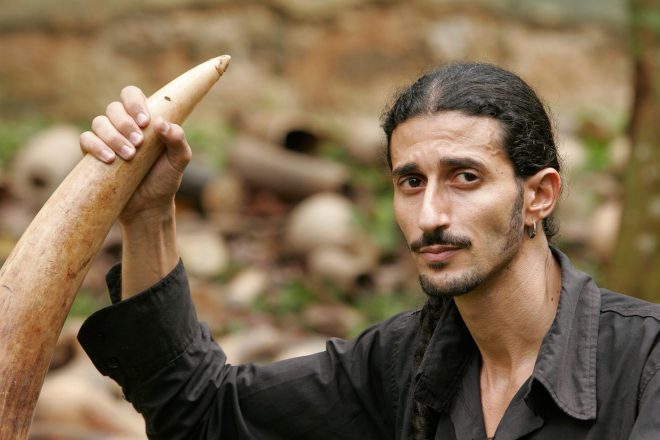
Ofir Drori runs the EAGLE project to stop trafficking in Africa. He got the idea to fight wildlife crime while he was working as a journalist in East Africa.
PHOTOGRAPH BY JEAN FRANCOIS LAGROT
1. Support anti-trafficking people and projects. Ofir Drori has been fighting poachers for 2 decades in Africa. He puts life and limb at stake while making sure those in the chain get arrested and face the punishment of the crime.
2. Never buy wild animal products. Don’t fetishize them in any way, as fur, as tusks, as horned-rimmed glasses. An ethical question: should we stop wearing animal prints, even if they are fake?
3. Beware of natural medicines from countries like China. They are notorious for using rare animal parts that decimate wild populations of animals. They use tusks, teeth, brains, testicles.
4. Eat only sustainable seafood and meat. Not rare lion steaks. Not sharks. Or shark fin soup. Here are 7 Gulf fish totally okay to eat.
5. Report any illegal wildlife trade or products to your local authorities or to Green Prophet. Wild animals often appear in unregulated markets in the Middle East in Beirut, Tel Aviv, Istanbul, Cairo, Amman and Dubai. You might not believe your eyes when you see it, but it’s more common that you think. As one of our writers found out in the Emirates.
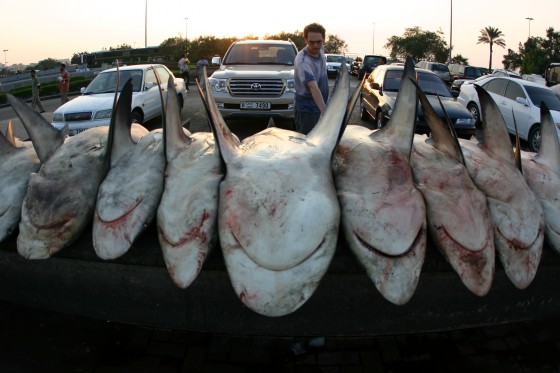
Russel Simmons against wildlife trafficking
Numerous celebrities have also weighed in on this important issue.

Russell Simmons. (Photo by Andreas Branch/Patrick McMullan)
“More awareness about the process and consequences of illegal trafficking is the key to stopping the harming of innocent animals,” says Russell Simmons, an entertainment mogul. “Raising public awareness is the first step in stopping the purchase of jewelry made of ivory or tortoise shell or clothes made with real fur and helping these animals.”
The Wildlife Trafficking exhibit was held at the Crime Museum from June 2015, through February 2016, and it provided an opportunity for visitors to view a serious crime issue, and learn how to be a part of the solution. For more information, please visit their website here.
Read more on animal trafficking:
Ofir is stopping poaching in Cameroon
Dubai Porsche driver walks cheetah on a leash
Live Baby Leopard Found in Suitcase En Route to Dubai
Injured Cheetah Discovered on the Streets of Abu Dhabi

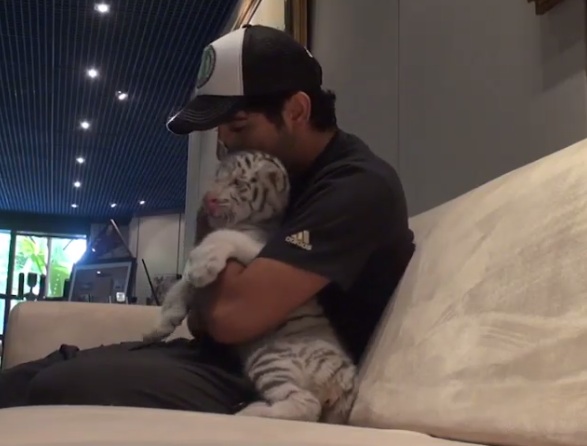
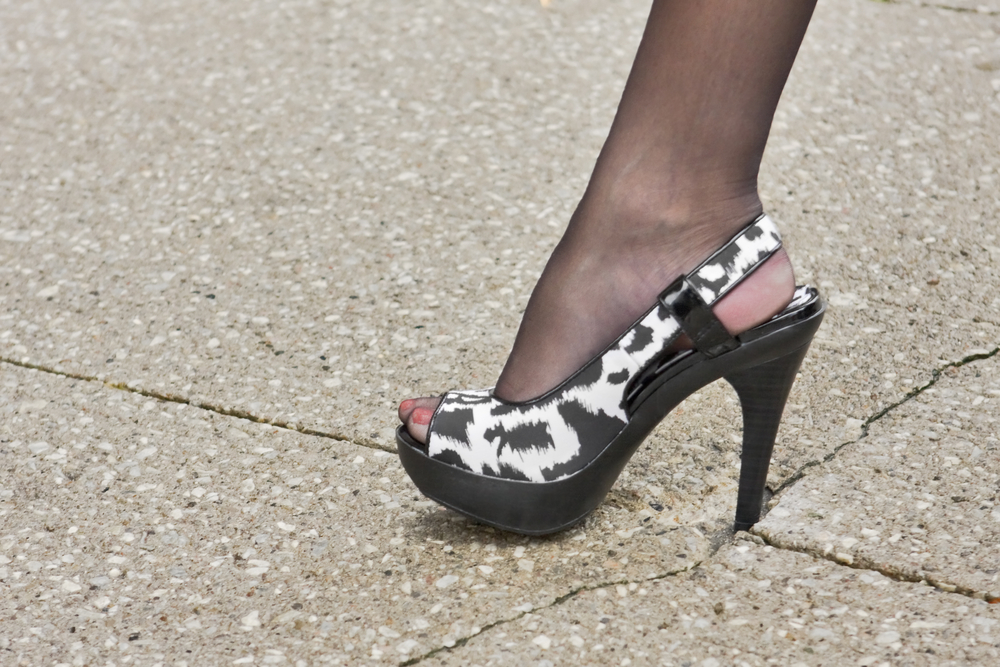
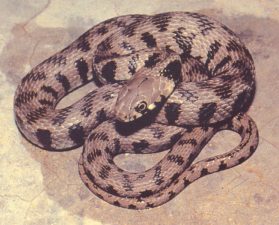

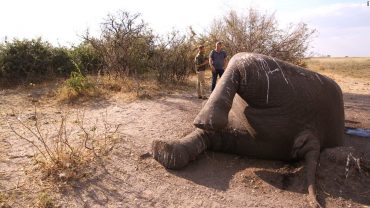
Become a vegetarian.